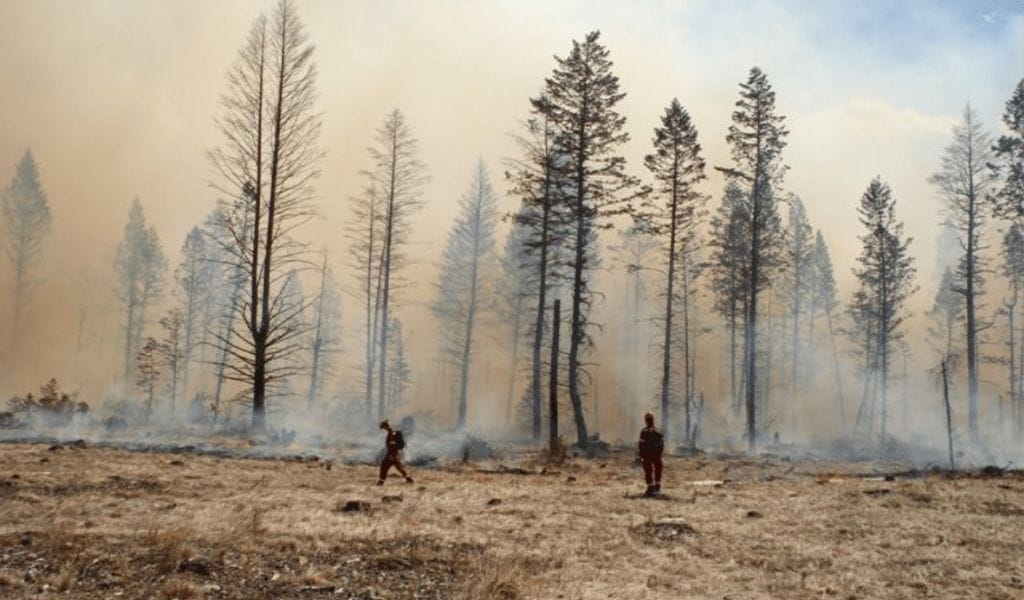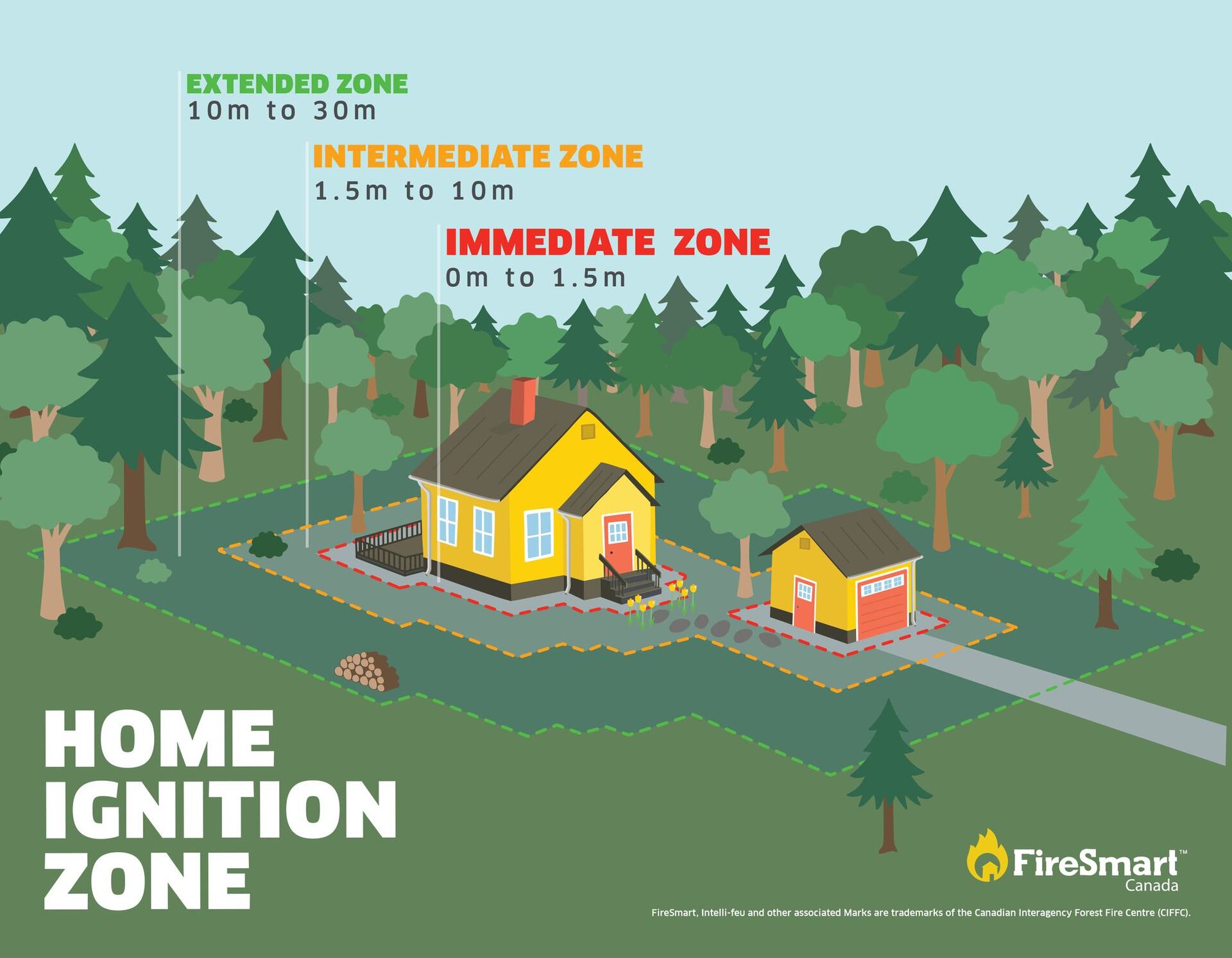- Bow Valley Insider
- Posts
- Banff Takes First Step Toward Enforcing Wildfire Safety on Homeowners
Banff Takes First Step Toward Enforcing Wildfire Safety on Homeowners
New rules would make wildfire hazards on private property subject to municipal fines

Banff is moving one step closer to adopting the town’s first formal set of enforceable rules aimed specifically at reducing wildfire hazards on private property, introducing a bylaw that would make it illegal to store combustible materials within 10 metres of a building.
If passed, the bylaw would give the town the ability to fine homeowners who keep high-risk fuels such as wood pallets, dead trees, firewood, bark mulch, or overgrown lawns close to their homes. The exact fine amounts are not listed yet.
According to town officials, this is the next logical legislative step in Banff’s wildfire mitigation strategy, noting that combustible items near homes are one of the most consistent ignition pathways during urban fires.
The proposal received first reading at council’s Nov. 18 meeting. First reading is a procedural step that simply places the bylaw on the table for consideration. It does not make the rules active yet. Before anything becomes law, Banff will hold a public hearing and then vote again.
What the New Rules Would Cover
Under the proposed definition, a fire hazard would include:
Wood pallets
Dead standing or cut trees
Vegetation debris or yard waste
Lawns over 10 cm in height
Bark mulch or unused wood construction materials
Firewood stored outside a non-combustible structure
All of these would become enforceable items if located within 10 metres of a structure. That is a radius widely recognized in wildfire science as the ignition zone where embers can turn small fuels into burning homes.
“This adds the fire hazard to a list of offenses subject for penalty,” administration told council.
Why Banff Is Doing This Now

Banff’s move comes as communities across Western Canada review their wildfire risk in the wake of the 2024 Jasper wildfire and the sweeping scientific analysis that followed.
Earlier this fall, Bow Valley Insider reported on the federal studies that examined why Jasper burned so fast. One of the clearest findings was that combustible materials near homes drove many of the structure losses. Embers carried by collapsing fire columns ignited these fuels long before flames reached the townsite.
Banff’s proposed 10 metre rule matches the studies’ findings and aligns with the Town’s FireSmart Home Assessments, which help residents identify risks on their properties. This program is already active in Banff and focuses on educating homeowners about ignition zones.
Part of a Bigger Shift in Fire Policy
While Banff has completed years of FireSmart thinning and debris removal around the town’s perimeter, the new rules focus squarely on private property. This is the zone where many of the ignition risks identified in Jasper were found.
Town officials emphasized that this bylaw is not a standalone measure but part of a broader movement toward reducing wildfire vulnerability in mountain communities. As extreme wildfire behaviour becomes more common, especially during drought cycles, local governments are looking for tools that reduce ignition potential long before a fire ever arrives at the boundary.
The Nov. 18 meeting made that direction clear. The next phase of wildfire protection in Banff is not just about the forests. It is about the last ten metres around every home.
Reply